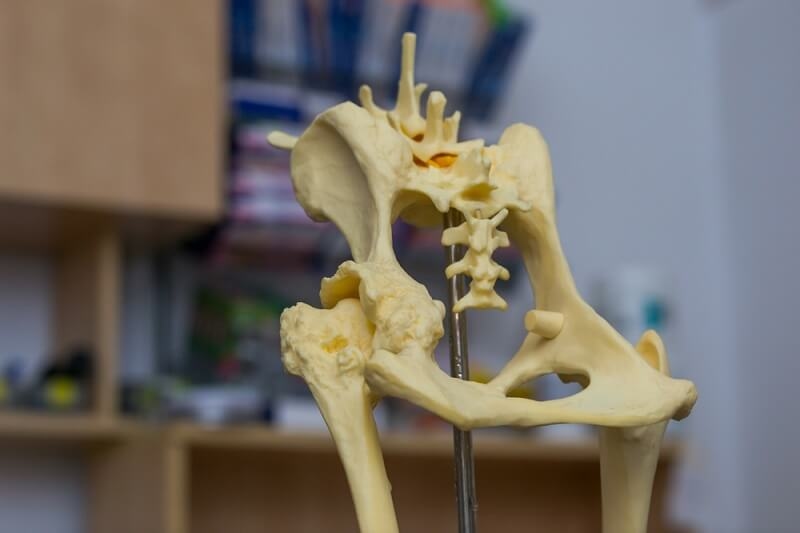
If you’ve ever watched your dog hesitate before jumping into the car or limp after a long walk, you know the sinking feeling that something’s not right. For a lot of pet parents, the culprit ends up being canine hip dysplasia. The name alone sounds intimidating, but at its core, it’s about a hip joint that doesn’t fit together the way it should. And when bones don’t move smoothly, pain follows.
Now, this isn’t just a “big dog” problem, though larger breeds are more likely to face it. And while you can’t always prevent it, you can learn how to spot it early, manage it smartly, and keep your dog comfortable without emptying your wallet. Let’s dig into what this condition looks like, the costs involved, and what you can do at home.
Here’s the simplest way to put it: the ball-and-socket of the hip joint don’t line up properly. Instead of gliding, they grind. Over time, that wear and tear causes inflammation, arthritis, and pain.
It’s not rare either. Genetics play a huge role, but so do diet, growth rate, and lifestyle. So if you’ve got a German Shepherd or a Labrador at home, yes, you’re at higher risk. But smaller dogs can get it too. It’s not picky.
You’ve probably heard the phrase hip dysplasia in large dogs a thousand times. There’s a reason. Big dogs put more pressure on their joints. Every pound adds strain, and if the joint isn’t perfect, the problem shows up faster. German Shepherds, Golden Retrievers, and Rottweilers are some of the poster kids for this condition.
That said, don’t assume your little terrier is immune. Any dog can develop hip dysplasia—it’s just that the big guys are louder examples.
Dogs are tough. They don’t sit you down and say, “Hey, my hip hurts.” That’s why knowing the hip dysplasia early signsis so important.
Watch for:
Sometimes it sneaks in so slowly you don’t notice until one day your dog just seems… different. Catch it early and you’ve got more tools to manage it.

Hearing a vet confirm it can feel like a punch. Suddenly you’re Googling treatments, worrying about cost, imagining your dog’s future. Take a breath. A diagnosis doesn’t mean doom. It just means you’ve got a name for what’s happening and, more importantly, a plan is possible.
Okay, let’s talk money. Hip dysplasia treatment cost varies wildly. At one end, you’ve got supplements, pain meds, weight management—things that don’t break the bank. On the other end, there are surgeries like hip replacements, which can run into thousands.
Not everyone can afford surgery, and that doesn’t mean you’re failing your dog. Plenty of dogs live good, happy lives with conservative care. Your vet can help you sort out what’s realistic for your budget and what’s most effective for your pup’s case.
Here’s the truth: you can’t always stop it. If a dog is genetically prone, no magic food or exercise will erase that risk. But preventing hip dysplasia in dogs is really about lowering the odds and slowing things down.
Keep them lean. Obesity is one of the worst things for weak joints. Choose low-impact exercise like swimming or gentle walks instead of rough fetch sessions. Feed balanced food, especially for puppies, so they don’t grow too fast. Even simple stuff, like not letting a pup pound stairs for fun, can help.
Managing this condition is about the little things you do every day. Dog hip health management could be as simple as swapping out their bed for one that supports joints or adding rugs over slippery floors. You’d be surprised how much easier life feels for a dog that doesn’t have to struggle on hardwood.
Supplements like glucosamine or omega-3s are worth a try. They won’t magically cure anything, but they can make movement easier. And don’t underestimate gentle massage. It’s calming for both of you, and it keeps circulation flowing.
Not all solutions come with a scary price tag. Some genuinely affordable options include:
These aren’t flashy fixes, but together they make a real difference.
Sometimes, conservative care isn’t enough. For younger dogs with severe issues, surgery might be the best shot at a pain-free future. Hip replacements or femoral head removal surgeries can restore mobility. The catch? They’re expensive, and recovery takes commitment.
That doesn’t mean every dog needs it. Older dogs, or those with milder cases, often do fine with ongoing management. Surgery is just one option, not the only option.
This part often gets ignored. Watching your dog struggle is hard. It’s frustrating, sometimes guilt-inducing. You might wonder if you’re doing enough, or if money limits are unfair. Remember—you’re not alone. Other owners have walked this path. Talking to vets, trainers, or even online support groups helps more than you think.
Little tweaks make daily life easier:
These changes aren’t expensive, but they matter. Your dog will notice.
The thing with hip dysplasia is that it’s lifelong. But lifelong doesn’t mean hopeless. Dogs live fully in the moment. With early attention, smart choices, and consistent care, your buddy can still enjoy walks, playtime, and lazy cuddles.
Your job isn’t to cure the condition—it’s to keep them comfortable, loved, and able to do the things that make their tail wag. And that’s something totally within your power.
Canine hip dysplasia sounds like a big, scary diagnosis. And sure, it’s serious. But it’s also manageable. Whether you go the surgery route or stick to affordable management, the important thing is consistency. Help your dog stay lean, keep their joints supported, and adjust their environment to make daily life easier.
Dogs don’t sit around worrying about what’s wrong. They just want to be with you, comfortable and happy. And if you give them that, limp or no limp, you’ve done your job as their person.
This content was created by AI